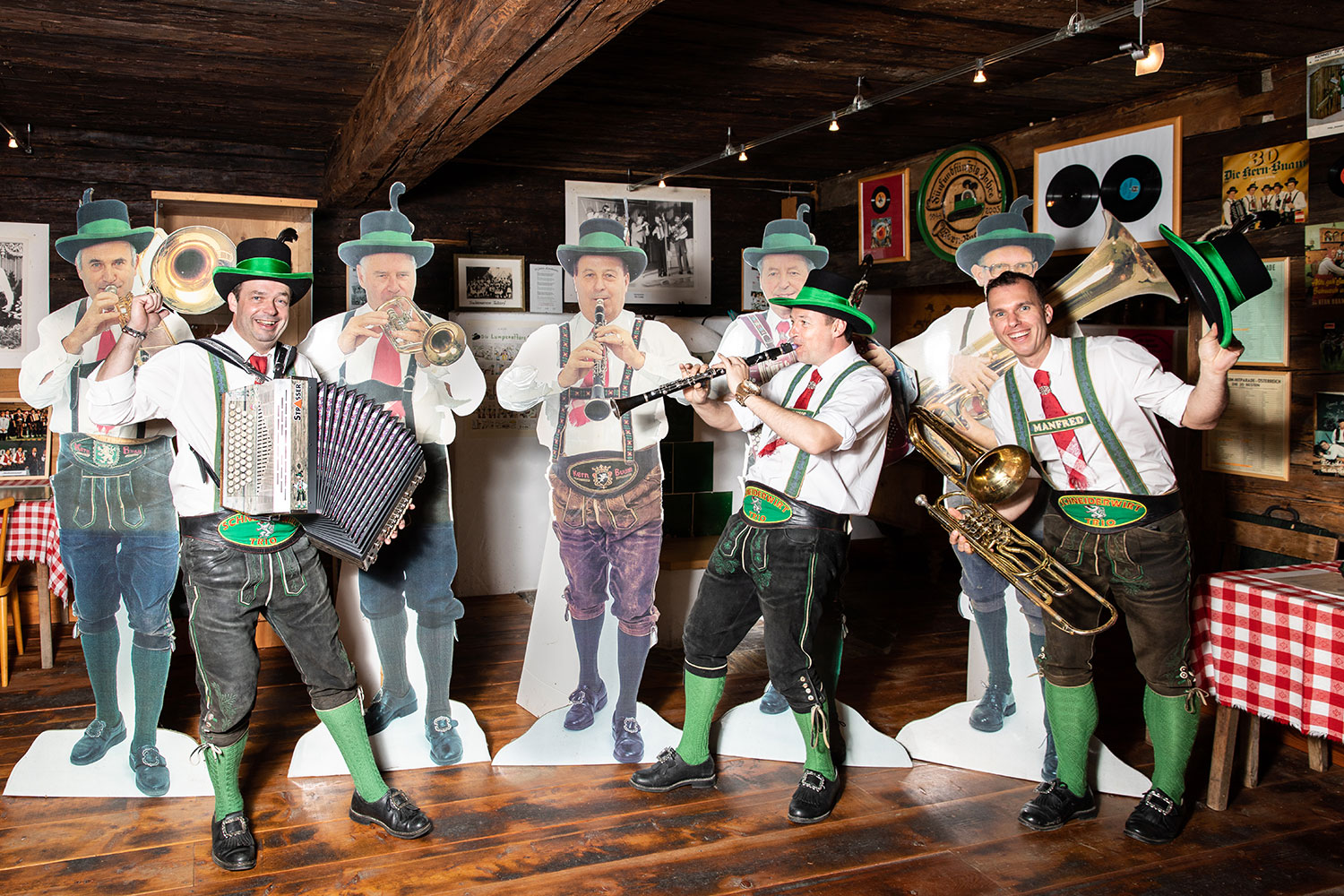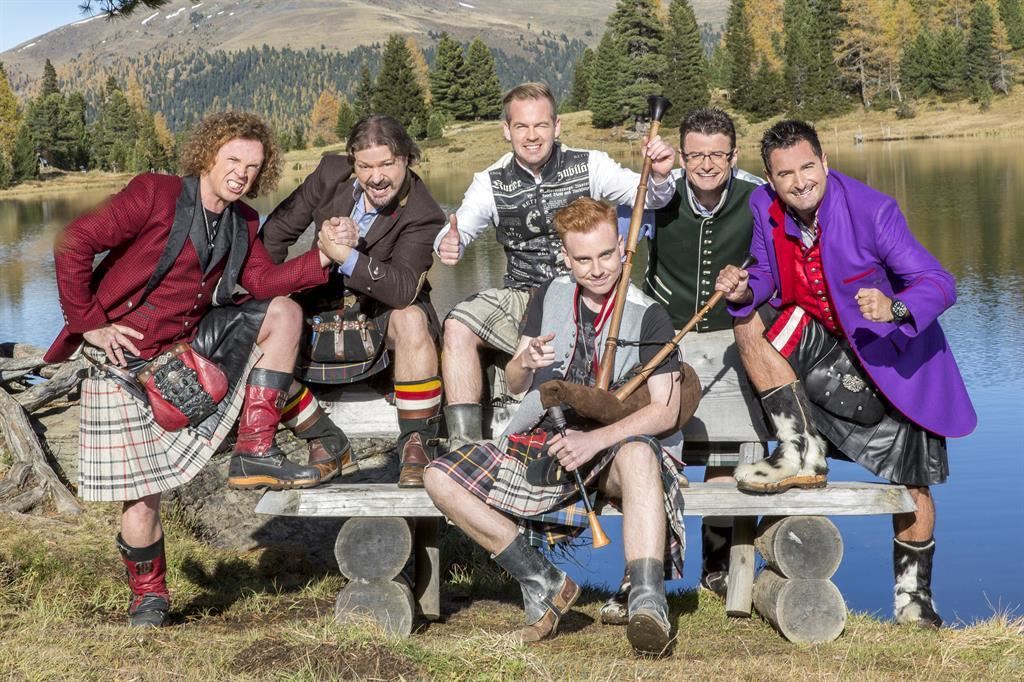
Gruss vom Krampus and Greetings from The Grinch
As a younger generation of German Americans, we know the story of Dr.Seuss's book How The Grinch Stole Christmas....however, you have never heard of the Grinch's older Bruder und mutter who live in Germany and Austria; Krampus and Frau Perchta. Krampus is the Christmas demon or beast who is harry, has a big grimacing mouth, has the horns of a goat, and carries a sack on his back and a bundle of Burch sticks for beating naughty children. Also, there is not just one Krampus, a whole group of them will go looking for naughty children on December, 5th which is Krampusnacht where they terrorize spectators by shaking chains, bells, beatings, and all-out rowdiness in the streets in an event called the Krampuslauf. Also, that sack that Krampus carries on his back is his way of taking you to hell where he will burn you, whip you, or even eat you...which is way scary than just a little lump of coal!

At one point Hitler banned poor Krampus because he represented socialistic justice; which is exactly what the Grinch represents. Theodor Geisel wrote the book because he too felt the same way about Christmas becoming an overly capitalistic holiday and also had a dark scene of humor. Also, studies in Psychology prove that the sourness and depression that comes with Christmas makes people very Grinchy; another is because the Grinch represents a very hard issue for many immigrants and people with mental health issues, how to feel happy during the holidays. Now that I'm a German American of Generation X along with my cousins I can find out about Volksmusik and German culture but people like Seuss did not know about Krampus's mutter Frau Perchta.
Frau Perchta or Frau Holle is called The Mother of Beast which means she is one powerful fairy, that's right Krampus is a fay creature! She is an old woman with long white hair and tattered clothing and oversees if people are working or are being forced to work on the twelve days leading to Christmas. If she sees that a person is working and not celebrating like usual she will ask you who your employer is and why your still working when it's Christmas? If you tell her she will reward you with gifts and punish your boss in the most gruesome way possible....how? First, her children will eat your food (sound familiar...), and then she will disembowel your boss and fill your boss's guts with sawdust and stuff his belly with straw or stones. Imagine what she would think about Walmart's worker schedule around the holidays! After all

Christmas doesn't come from the store.
Maybe Christmas means a little bit more...
So when people think they need Krampus or an Elf on the Shelf...We German Americans have the Grinch instead of a chew toy for Max

You better run little elf's...

